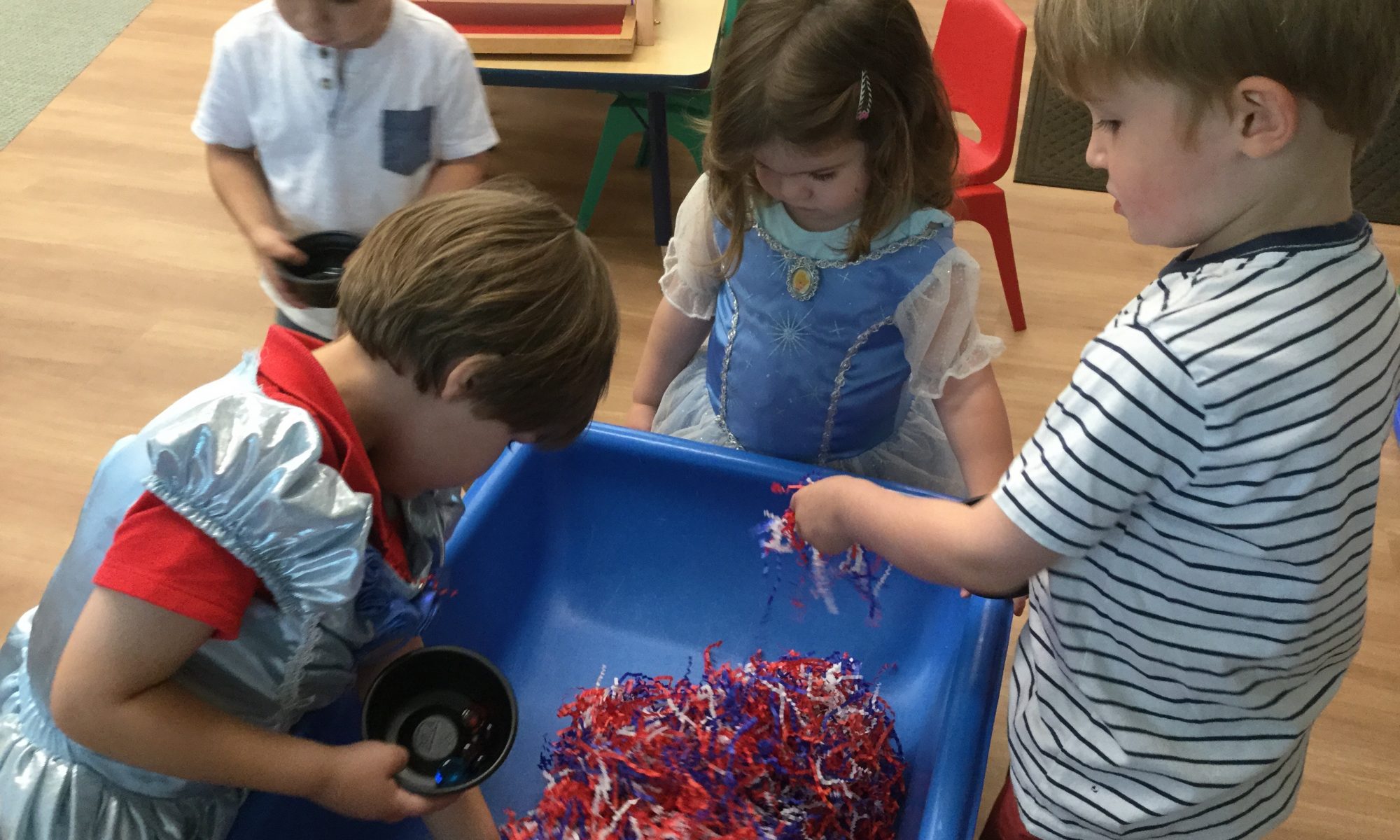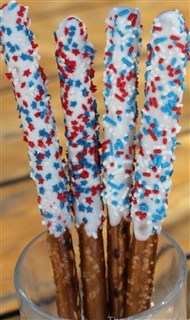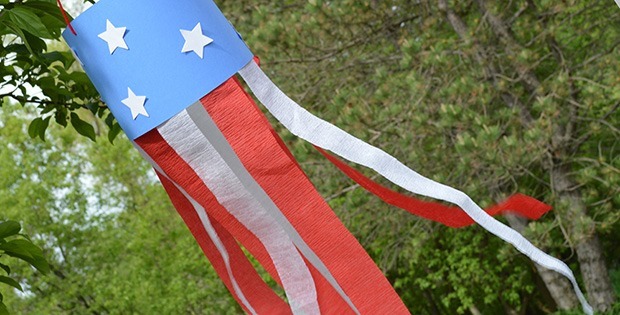by Mildred E. Cawlfield
Children often amaze us with their comments and observations. They are far more capable of noting discrepancies and making associations than we imagine. We’re more apt to underestimate than to overestimate their intelligence. For instance: A nine-month-old puts a toy telephone to her ear. A one-year-old gets excited when he hears Grandma is coming to visit, though she hasn’t been there for two months. A two-year-old knows it’s the weekly play-in day even though no one has mentioned it. A seventeen-month-old sees that one member in a group is missing a cookie and goes to get one for her. A four-year-old explains the differences between a Boeing 727 and a 737. Parents are in a good position to observe their child’s capabilities, and they can best support their child’s learning when their expectations are in line with those capabilities.
Ability to discriminate
Children are quick to pick up subtle differences in their environment. If an infant of about five months is shown two small objects, one of which he has already explored with hands and mouth, he will nearly always reach for the new one. If a new toy or
object is introduced into a room, a child will always notice it. Children will comment if a familiar item is out of place. This observation of the unusual often leads to questioning by the child and explanation by an adult – hence learning takes place. For instance: a toddler, looking at a picture, points to the feet of a barefoot child and questions, “shoes?” The adult says, “That child has bare feet. It’s a hot day, and he is going to step in that puddle.” The child may later say “bare feet” when his shoes are off. Or, a six-year-old may ask why the moon looks so much bigger when it is on the horizon than when it’s high in the sky. This type of question can lead to research with the child in the library. Children’s receptivity to learning is keen when their questions determine the curriculum, and when parents take one-on-one time with each child, they are in a favorable position to support this kind of learning.
Physical capabilities
Children learn physical skills, given the opportunity. They are quick to know their own capabilities. For example, an eleven-month-old was given a wagon of blocks similar to one she had that she could lean on to walk. But the new one would tip over with pressure. The baby pushed the new wagon down twice, trying to walk with it. After that she crawled to push the new one and walked with the former one.
Young children find their own skill level to practice when given a rich environment. Infants start crawling up the inclined ramp we have in our Acorn active room. Toddlers delight in walking up and down holding onto the railing. Then they get daring enough to let go. Some three-year-olds have discovered they can crawl up the ramp backwards.
When there is a group of children using equipment, the adults in charge need to be alert to establish rules for safety, such as “only two children may go on this climber at a time” or “you must all go up the ladder and down the slide.” Whereas a child playing alone may be allowed more leeway to experiment.
If parents doubt their children’s ability to know their own capabilities, they may offer more help than is needed, and the children quickly learn to depend on the parent instead of gaining their own capabilities. For instance, a parent is tempted to lift a child onto a spring horse, when the child can learn to climb on by himself with a little coaching. A child will go up a climber as far as he feels comfortable and will then practice at that level. If a parent lifts a child onto a high climber, the child will be more dependent upon the adult to keep him from falling rather than trusting his own capability.
Pushing a child in a Swing is a shared joy; but a preschooler can also be helped to learn to swing by himself. An inclined board may be placed under a swing. The child, sitting in the swing, can push backwards up the ramp with his feet, then pull up his feet to swing himself. Pumping can also be learned with a little coaching.
Expectation and Environment
Children assimilate special interests of their parents. A basketball coach’s child was already watching games, throwing, catching, and batting balls before he was two. At four, he dribbles the ball and makes baskets in a full-sized court. He’s immersed in the sport’s environment. His parents aren’t forcing him to learn, but are sharing their joy of sports with him, and he loves to practice.
In another family, where both parents are professional musicians, the children have gone to concerts since they were babies and have learned the language of music. It is natural for them to take lessons and practice daily, and they are all accomplished musicians. Again, the expectation and joy of learning are in the home, but not an autocratic demand that would breed resistance. Children’s individuality comes out in the instruments they choose to focus on. They enjoy playing together and sharing their music with others.
In both instances, the children are joining the parents’ participation in a loved activity, rather than having the activity willfully imposed upon them.
If we want our children to be readers, they should probably see us enjoying books. One observant three-year-old commented, “Grown-ups don’t read books; they just read coupons.”
Ability to solve problems
We are usually quick to solve children’s problems for them rather than giving them the satisfaction of becoming problem-solvers. If a child loses his favorite “snuggly,” we search until we find it instead of saying, “You’re looking for your Teddy. You think he might be behind that chair. You’re trying to remember where you had him last.” We can support his search by verbalizing his efforts.
A child had set for himself the problem of lining up all the wooden buildings across the Brio train board at school. He ran out of space and didn’t have room to put three buildings in the line. He squealed with frustration as he tried to push the permanently
mounted track out of the way. The teacher was tempted to show him that if he lined them up in the middle of the board lengthwise there would be room for all the buildings. Instead, she helped him define his problem: “You want to line up all the buildings, and they don’t fit that way.” He quieted immediately and listened.
“I wonder how you’ll solve your problem,” she continued. “Can you think of another way to line them up?” He put a hand to his chin as he studied the board. Then he said, “I could put them around the track.” He pushed them in a line against the oval track.
“Oh, that’s a good solution,” the teacher said. “Now the trains will go by the buildings.” He beamed with satisfaction.
In the Acorn co-op class, we’re having success in helping children solve conflicts as they learn to play cooperatively. Instead of blaming and reprimanding the aggressor and forcing an apology, we’re working to help the children see the effects of their actions on each other. For instance, when a child kicked the hand of another sitting beside him, he was told, “Your hard foot didn’t feel good on his soft hand. See, it made him cry. Can you do something to make him feel better?…Yes, you can kiss his hand…. Now he’s happy again.” Other children in the group observing this kind of interchange likewise gain a sense of empathy and ideas of ways to solve their own social problems.
Language Acquisition
Usually parents’ expectations are high when it comes to responding to a child’s ability to learn language. Most parents speak to children as though the children already understand their language. If a child expresses an idea with a partial word or sentence fragment, the parent usually responds to the idea rather than correcting the child. Then the parent uses the correct word or phrase in conversation. The result is that most children refine their own speech and learn to talk in a very short period of time. A young child can learn to speak two languages just as easily as one when both are spoken to him. Children will readily learn specific, rather than generic, words as well. A two-year-old, who lived near a farm said “Holstein” or “Guernsey” instead of “cow.” Young children can learn “robin,” “cardinal,” “sparrow,” in addition to “bird.” Flower names can also be learned. Learning takes place if we don’t set out to teach children, but talk with them about what interests us without limiting their ability to understand.
Sometimes a parent limits a child’s language acquisition by holding on too long to his or her babyhood. Parents do a child a disservice if they echo his imperfect speech back to him when he’s trying to refine it. They may think it’s cute to hear him say “ephelant,” so instead of talking about elephants they use his word. This extension of baby talk can limit a child’s ability to communicate with others outside the home. If he doesn’t hear the correct word until he enters preschool, he can be embarrassed when his friends tease him.
Can we overestimate a child’s capabilities?
Acknowledging children’s capabilities doesn’t mean that we should push early academics on them. Teaching an infant to recognize words and numbers, though possible, is not as useful to him as giving him opportunities to learn by exploring his environment, including toys and books, and giving him the language to go along with his explorations. If we expose children too early to drill in adult-directed learning, their desire to pursue that learning later may be dulled. When a child shows interest in numerals and letters, we can share the joys of decoding the written symbols. Children’s interests change, and as parents we can best help children learn by capitalizing on their interests of the moment. Learning takes place rapidly when the child is receptive.
Because of children’s intelligence and ability to pick up thoughts from their environment, we need to be alert to protect them from the prevalent sordid themes in the media. David Elkind, author of The Hurried Child, Growing Up Too Fast Too Soon, states “Hurried children are forced to take on the physical, psychological, and social trappings of adulthood before they are prepared to deal with them.” This kind of hurrying doesn’t happen if we’re observing children within the framework of childhood. We need to allow them the freedom to be children as well as the opportunity to express their unfolding capabilities.
As we realize children’s capabilities, we can put them in the driver’s seat of their own learning, and they will not only gain the skills but the disposition to use those skills.

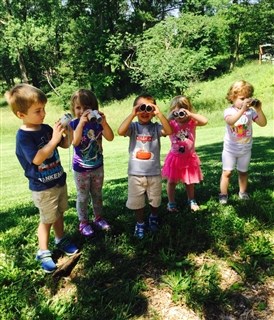

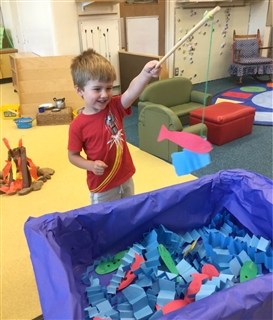


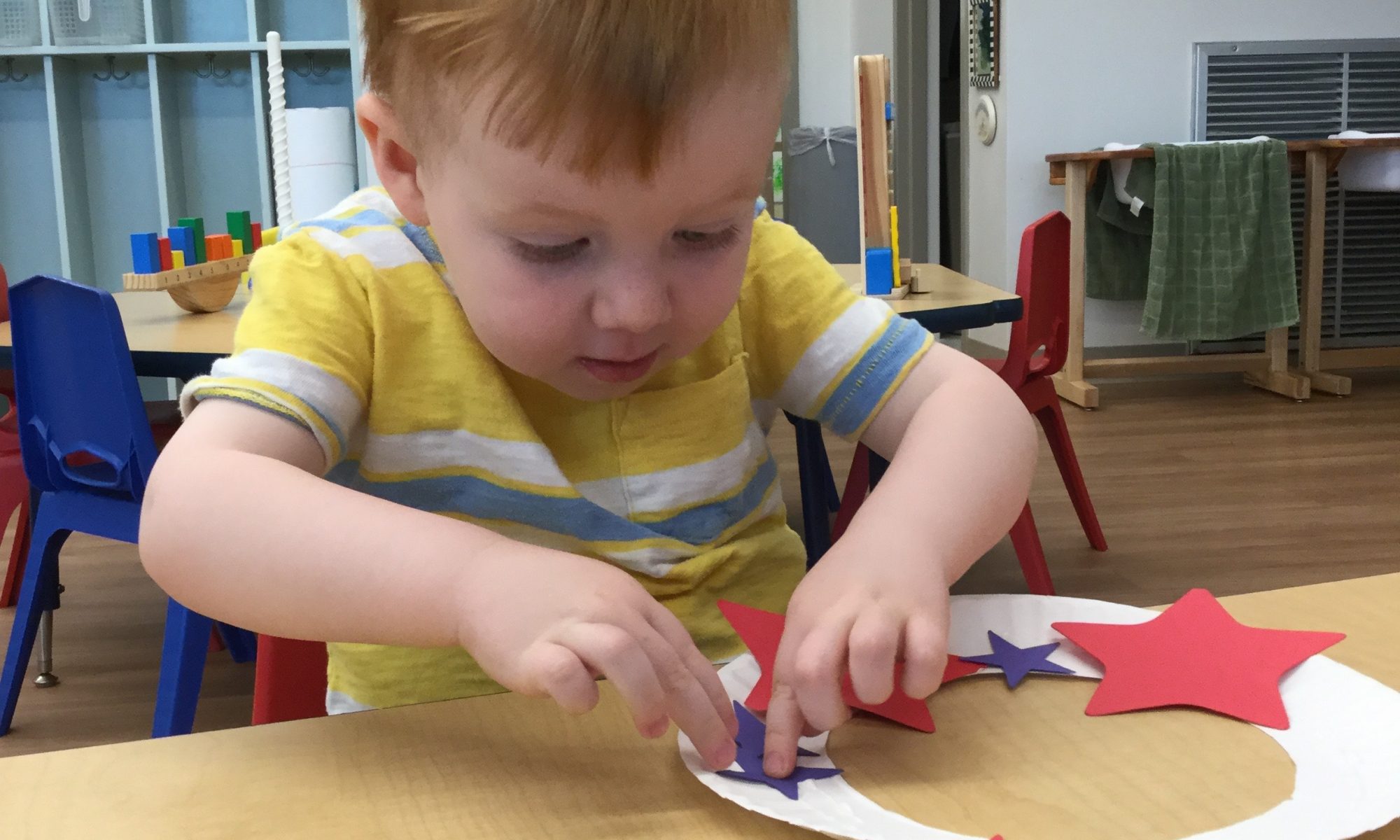
 Directions
Directions